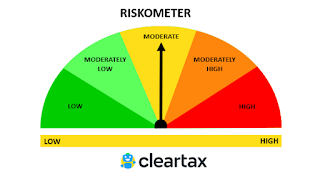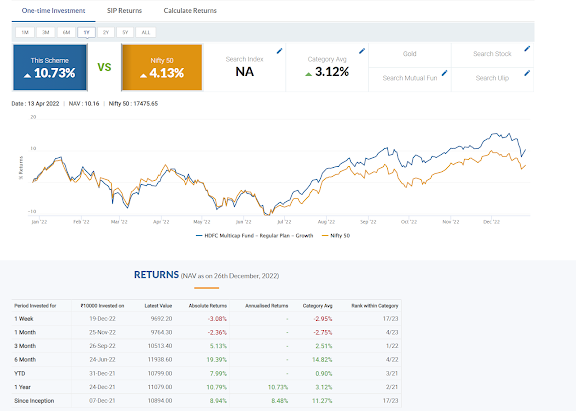PPF DIARIES: CHAPTER 3: RISK PROFILING
If you are reading this, please make sure that you have read last two chapters of my Practical Personal Finance (PPF) Diaries by visiting the following links:
Chapter 2: https://ppfbypathikvariya.blogspot.com/2020/05/ppf-practical-personal-finance-series_11.html
Not taking risk is taking the biggest risk, they say. It is definitely applicable to the personal finance and investment. Because if one does not one's invest hard earned money properly, the value of that money will go down due to inflation. So, as you must have heard, under the basic principle of time value of money, the value of Rs. 0.1 Million today will be less after one year. In other words, its purchasing power will go down. So, one must invest in a way, that one can beat that inflation.
But then, risk is inevitable in investment. How sensex wiped out almost five to six years' profits in March 2020 is a good example of the same. And, on the other side, not taking the risk of investing means you are not increasing the value of your investment to beat the inflation rate. Only investing in traditional avenues like PPF or FD may mean you will retire poor.
Generally, the risk is nothing more than the probability that you will lose some or full portion of your investment. Generally (not always), more the risk, more the returns is what they also say! But I would say it should be read like, "More the risk, more "THE PROBABILITY/CHANCE" of the higher returns (and LOSSES)". Of course, nobody tells you that that easily.
Of course, dealing with risk is not easy. Finance students are taught risk management. So, the word, risk management, is our bread and butter. Like we cannot ignore stress completely, but, we have to "keep it" upto optimum level to get success, the same applies to risk. One has to manage risk. Only calculated risk should be taken and not blind risk.
The first step in managing risk, is then, the risk profiling of an individual. There are two terms one needs to understand before we proceed. The first is risk appetite. It is like your ability to eat more than the hunger. You may have an appetite to eat 100 laddus. That is your risk appetite. But can you really DIGEST them in case you eat them? Or will it lead to hospitalization? That is called risk tolerance. There are many jargons like risk required etc. that I am avoiding to discuss here. So, you may say that you have a risk appetite to invest Rs. 0.5 millon on small cap shares (based on the assumption that you have Rs. 5 million in your savings account and if 0.5 million does not come back, it will not affect your life in any way), which are very risky. But, if the same shares' value starts to decrease upto 50%, would you be able to sleep at night? If that dip gives you nightmares, then your risk tolerance can be arguably said to be not that high.
So, before you start investment journey, you must know your RISK TOLERANCE PROFILE. Your risk tolerance profiling should be left to a SEBI certified Financial Advisor. But, it will depend on your age, your income, your goals, your responsibilities and many other factors. For example, a 20 year old vs a 40 year old, who can take more risk? The obvious answer is the 20 year old. But then, the 20 year old has to pay back the hefty loans, while the 40 year old is debt free...then the equations will change. So, before you start investing, you should meet a SEBI certified financial advisor and findout your risk tolerance profile.
My own understanding is that most of the people have an over confidence bias about their ability to take risk. Most of them are aggressive long term investor in a bull market, only wanting to do SIPs in small cap funds. But as soon as the market shows bearish trends, many of them become moderate risk takers to zero risk takers! So, do not over estimate your ability to tolerate risk.
You can take a demo test on your Risk Tolerance Profile here: https://economictimes.indiatimes.com/wealth/risk-tolerance-calculator
The above riskometer (file source: https://cleartax.in/s/mutual-fund-riskometer) is prescribed by SEBI for every mutual fund scheme. Though recent Franklin episode has challenged its usefulness, it is a good basic indicator of type of mutual fund with reference to level of risks involved by investing in that mutual fund.


Comments
Post a Comment